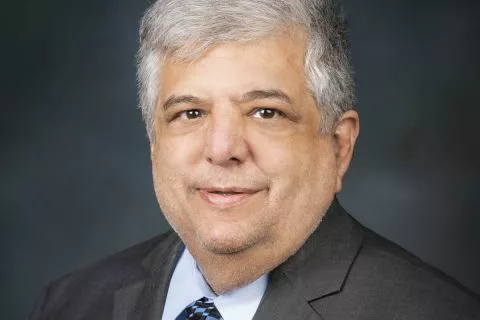Like in the business world, one of the best ways to address public-employee recruitment and retention issues is to ensure that people are treated fairly, with quality pay and benefit packages. And the ace that schools and government used to have up their sleeves to incentivize workers was through pension and retiree health-care benefit packages. Restoring those benefits will go a long way toward recruiting and retaining more teachers for our schools and the employees necessary to provide government services like law enforcement and health care that Michiganders rely on every day.
Unfortunately, when the state and education systems shut down their pension plans and slashed retiree health-care benefits, they did so under the false premise that whatever the private sector is doing must also be good for the public sector. What we’ve been left with is an entire generation of retirees that are worse off than their predecessors, and with zero benefit to taxpayers.
As someone who served in the Legislature when pension plans and retiree benefits were slashed in 1997, I can confirm those plans were actually overfunded at that time. Today, because new people have been unable to participate and contribute to the system, it has become an unfunded liability. On top of that, the thousands of people who have been left with the responsibility of funding their own 401(k) programs have found themselves in a retirement savings crisis. Nationally, the average savings for households nearing retirement is just $12,000, which means they will be forced to rely on social security and other government programs that cannot guarantee a comfortable retirement.
Contrary to popular belief, modern pension programs offer significant cost savings for taxpayers. Studies have shown that defined-benefit pension plans cost 27% less to manage and maintain compared to 401(k)-style plans.
Pension programs have also shown to be better for workers by providing a stable retirement income at a smaller cost to taxpayers and at the same time reducing inequality. Research from the National Institute on Retirement Security found that retired women in Michigan were 79% more likely to be above the federal poverty level if they have a pension income, and Black retirees with a pension were 89% more likely to be above poverty level.
It should be no surprise then that pensions are making a comeback. Just this year, the Alaska Senate approved legislation to revive a pension program that could bring improved benefits to as many as 37,000 state employees. Under this plan, new employees would join the pension program, and existing employees would be allowed to switch over.
Even the business community is beginning to recognize that pension programs are an asset. Last fall, corporate world bellwether IBM announced it would stop matching 401(k) contributions and instead contribute to employee retirement savings via a defined-benefit pension structure known as a “Retirement Benefit Account.”
It’s time for Michigan policymakers to follow these hard-learned lessons and take concrete steps to do right by our teachers, public safety workers and other public employees that contribute to the betterment of our communities. The first step should be ensuring that all state employees have access to a pension program and restoring the retiree benefits originally promised to school employees that were taken away in 2012.
People who are treated well are happier and more productive, so let’s make sure our state and schools are the sort of employers that attract and retain quality workers by ensuring they offer quality benefits to match.
